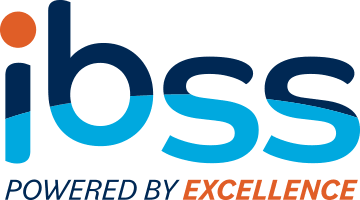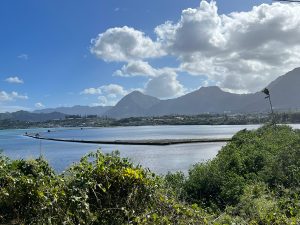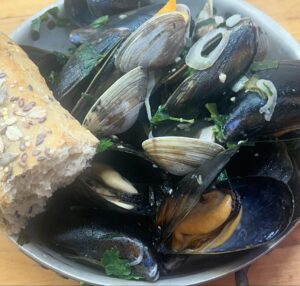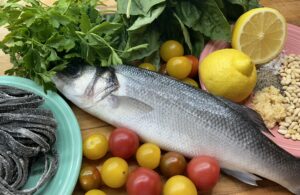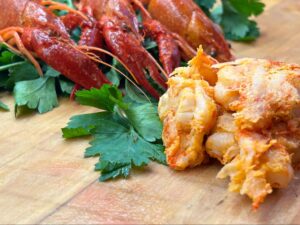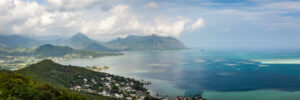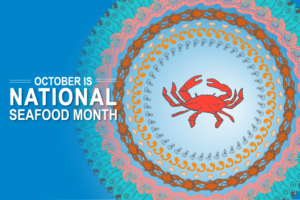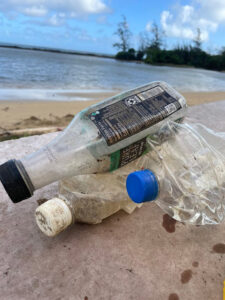A quick look at how it started and a glimpse into the future
Aquaculture is the growing of aquatic plants and animals under controlled conditions that can be used to supplement or replace dwindling food sources. These controlled conditions can occur within the boundaries of a pond, a tank, or even the open ocean. Growing food in this manner has been done for thousands of years. However, in the last five decades, great strides have been made to make aquaculture the leading producer of nourishment from the sea. Aquaculture will continue to supply fish and seafood products while keeping America’s working waterfronts essential to our seafood security.
How It Started
Modern aquaculture is a far cry from the original traps that our coastal-dwelling ancestors used to capture migrating fish. Simple stone and wood weir systems (fish traps), designed to confine fish into a holding area for later capture are some of the oldest forms of aquaculture. Additionally, some land-based crops that started out as flooded fields were often used to enclose fish, ensuring their stable supply. This is known as polyculture and is one of the fundamentals for aquaponics, a system that grows both fish and plants at the same time. Enclosing fish into a controlled environment was essentially an early form of sea life domestication. This enabled humans to evolve from a capture and immediate consumption way of life to the beginnings of food security.
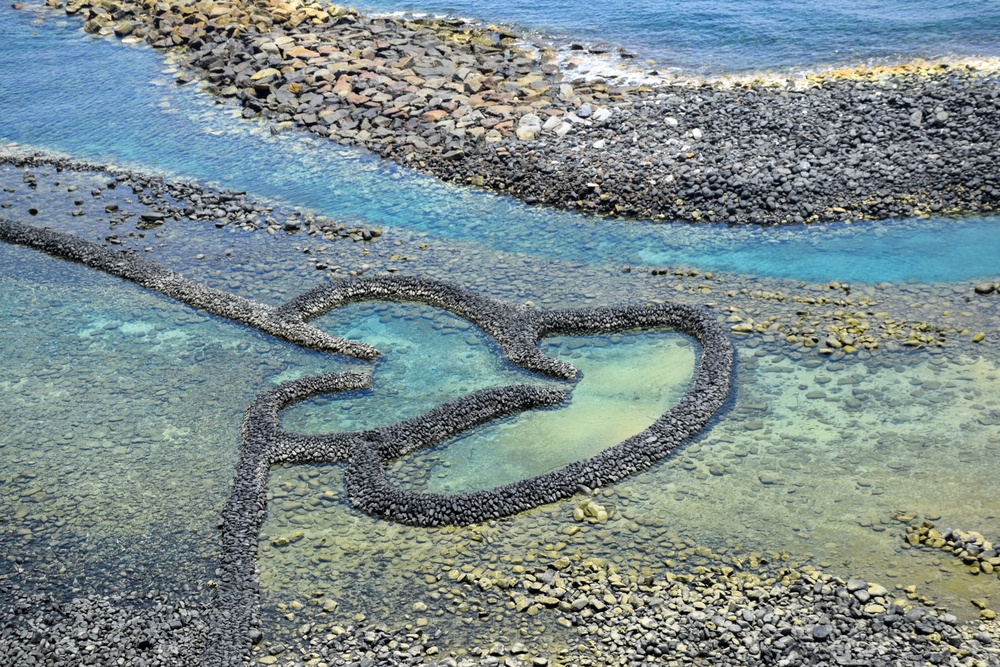
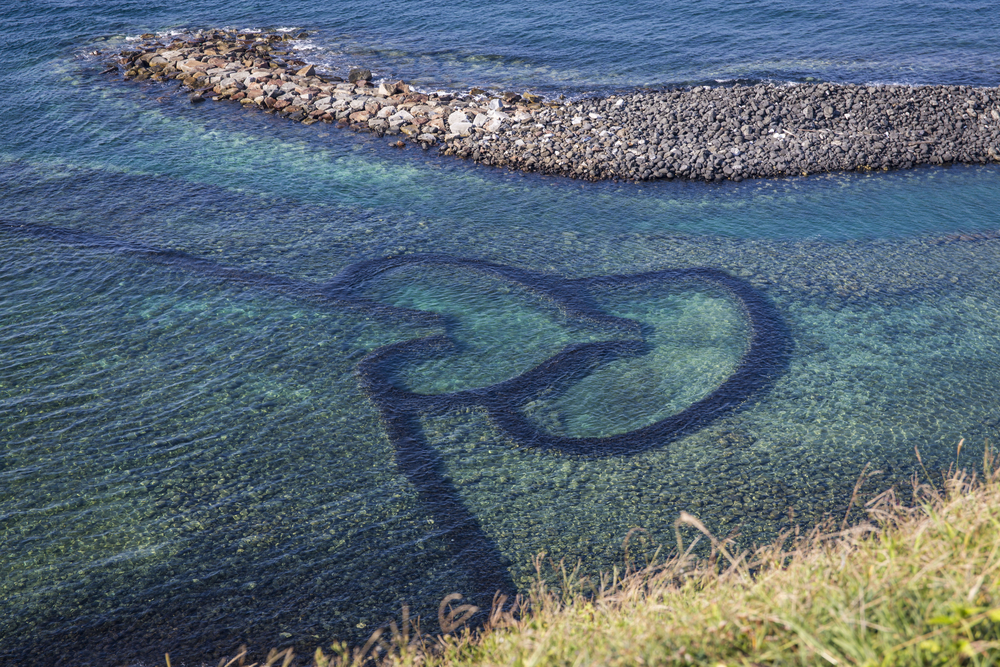
In the Pacific Northwest, coastal tribal communities practiced a form of beach modification called “clam gardening.” This used small rock walls to trap sediment to create natural beds perfect for growing oysters, clams, and cockles. Other indigenous people developed similar methods around the globe depending on their proximity to water.
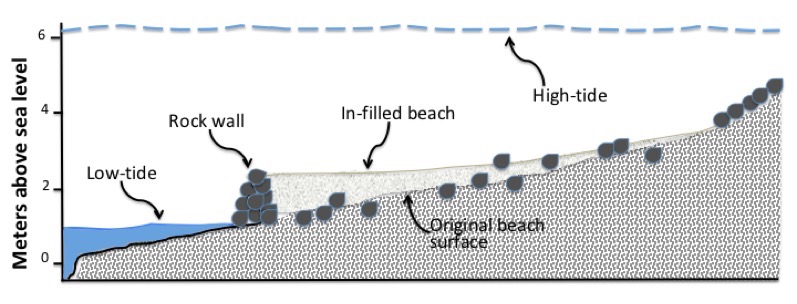
Hawaiians were one of the first cultures to specifically target the raising of juvenile fish to a meal-sized adult. Traditional Hawaiian fishponds were specifically located and designed to attract juvenile fish. Once inside the stone walls of the fishpond, these fingerlings would take advantage of the abundant richness, feeding and growing at a rate that oftentimes exceeds the growth of their siblings on the ocean side of the wall. This captive fish school remained under the close supervision of a “kahuna” (fishpond caretaker) specifically tasked with maintaining the fish pond and ensuring a constant supply of fish, even in times when weather or migration patterns made it difficult to gather fish from the wild.
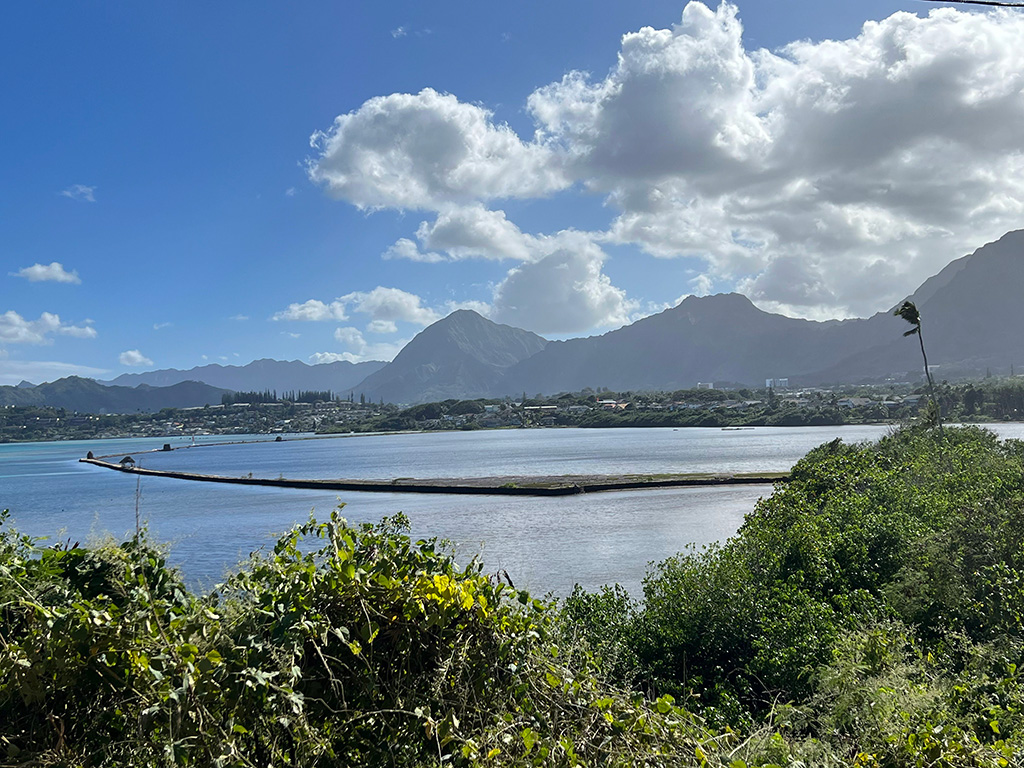
Three thousand years ago, flooded Chinese rice fields naturally attracted carp to spawn. Ingenious farmers recognized that by keeping some fields flooded year-round, they provided a home for these carp. The natural next step was introducing food in the form of spent silkworm pupa that provided nourishment so that a suitable crop of carp could be harvested year-round.
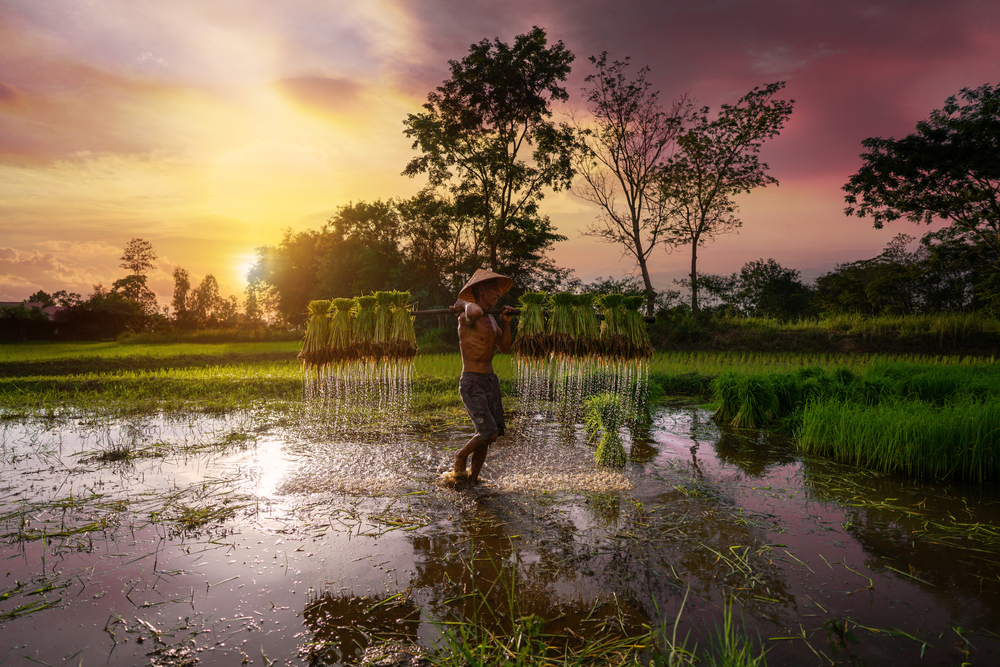
Modern aquaculture, as we now know it, is the reaction to the collapsing wild capture fisheries. As far back as the 17th century, French oyster harvesters began to notice less and less supply. Some of the first farms that can be recognized as modern aquaculture are in the Marennes-oleron region of France, where ponds were purposely built and managed so that farmers did not have to rely on random spawning events to capture and corral seed stock. In these areas, specially designed stakes were planted that retained oyster larvae, thus providing spat for these pioneering oyster farms. The government restricted harvest around the oyster reefs thus ensuring a spawning population.
Where We Are Today
Not having to rely on wild-capture fisheries for seed stock became the cornerstone of modern aquaculture. Independence from these fisheries in the form of captive broodstock removed the depletion of the natural resources in the quest to produce seafood for future consumption.
While current aquaculture may seem completely different from our ancestors, there are a remarkable number of originally designed shared techniques that are still maintained and relevant to current fish farming. Today’s aquaculture also takes advantage of high-tech inventions, such as deep sea pens and intricate beacons that can now broadcast water quality data off satellites so the results can be shared around the globe in real-time.
Coastal earthen ponds are still in use but now can be complemented with high-tech Recirculating Aquaculture Systems (RAS), where the dependence on the tides is no longer critical. The development of the RAS systems has removed the need to remain by coastal locations and work the fields seasonally. Aquaculture fields are now located around the world, including Africa and the Saudi deserts. These RAS systems create an ideal year-round growing environment. Feed inputs and water quality are closely monitored and controlled by trained Aquaculture Technicians. With RAS, waste products are captured and often recycled into a valuable secondary crop, such as fertilizer.
Modern-day aquaculture has roots in ancient techniques and combines those with high-tech best practices and resources. This convergence of ancient and modern allows farmers to control the environment and costs while producing quality, sustainable seafood. Aquaculture can be used to grow a variety of marine species, including bivalves, crustaceans, and fin fish, that can feed populations that may otherwise not have access to adequate, pollution-free, and nutritious proteins. This has set up cultured seafood as a fundamental, sustainable source of nourishment. Nutritious and healthy future food security can be achieved through aquaculture, which can meet the demand of an ever growing population by providing resources for people across the planet.
ABOUT IBSS
Since 1992, IBSS, a women-owned small business and Certified B Corporation, has provided transformational consulting services to the Federal defense, civilian, and commercial sectors. Our services include cybersecurity and enterprise information technology, environmental science and engineering (including oceans, coasts, climate, and weather), and professional management services.
Our approach is to serve our employees by investing in their growth and development. As a result, our employees bring greater capabilities and provide an exceptional level of service to our clients. In addition to creating career development opportunities for our employees, IBSS is passionate about giving back to the community and serving the environment. We strive to leave something better behind for the next generation.
We measure our success by the positive impact we have on our employees, clients, partners, and the communities we serve. Our tagline, Powered by Excellence, is a recognition of the employees that make up IBSS and ensures we deliver results with quality, applying industry best practices and certifications. Read more About Us.
